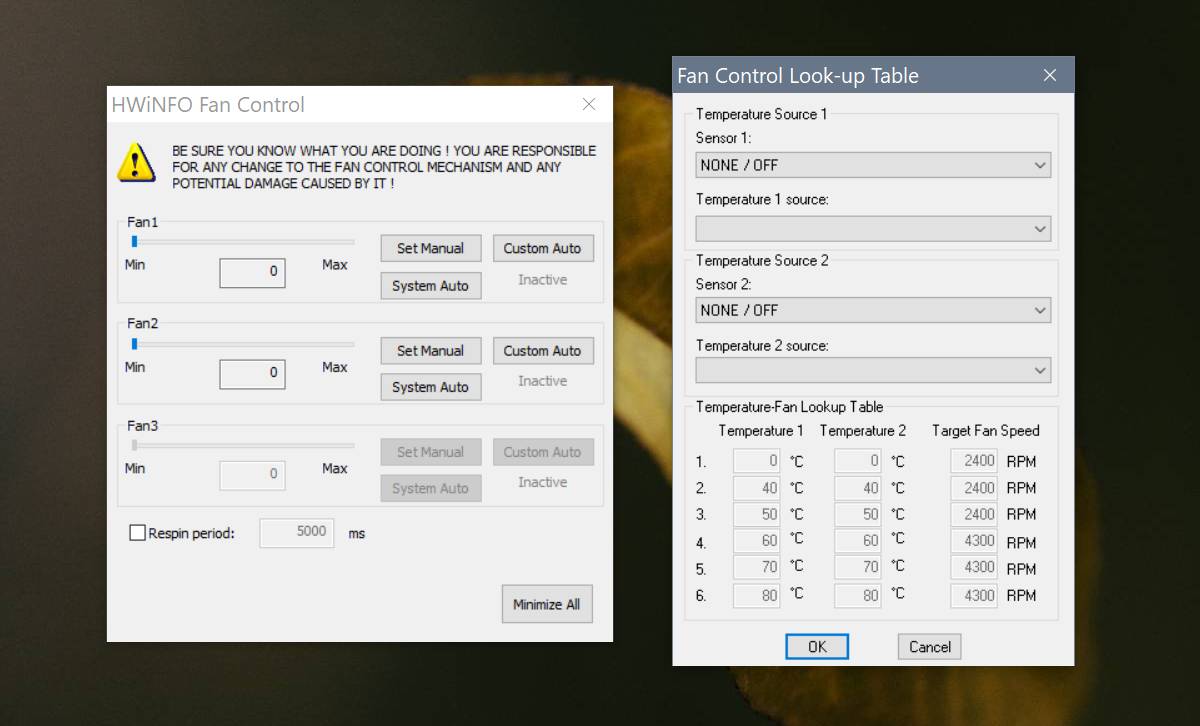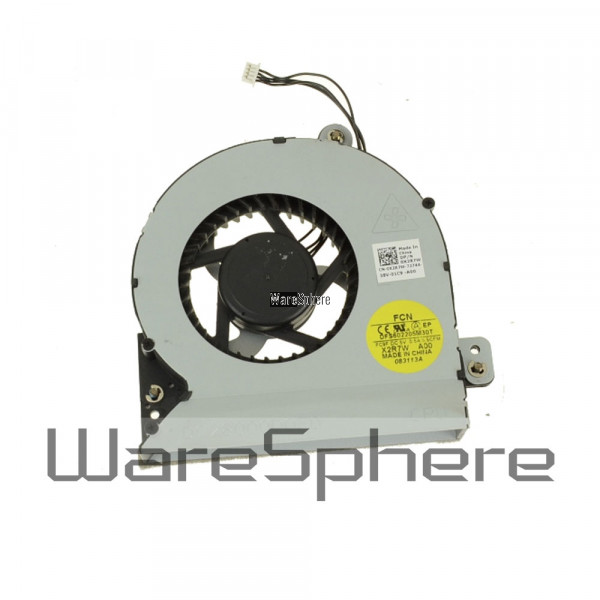

It also takes a long time to run, so machines that can’t handle the heat will show performance issues. Like CineBench R15, it’s a pure CPU test and loves multiple cores. Our encoding test uses the free and popular program Handbrake to convert a 30GB 1080p video file using the Android Tablet preset. The Alpha R2’s quad-core Skylake CPU holds it own against a full desktop quad-core processor, as well as Intel’s fancy-pants Skull Canyon NUC. The older Haswell chip wins here by a little bit, thanks to its higher wattage and higher clock speed-even though it’s the oldest CPU. It’s a great way to see how a machine’s processor stacks up, as it favors those with more CPU cores. Here’s the Alpha R2 compared to Intel’s nifty little Skull Canyon NUC with a quad-core Skylake processor, the original Alpha with a dual-core Core i3 chip, and our PCWorld zero-point desktop with a 4th-generation Haswell Core i7 CPU.ĬineBench R15 is a quick benchmark that measures a PC’s ability to render 3D scenes. The back of the Alpha R2 gives you an optical S/PDIF audio port, two USB 3.0 Type A ports, gigabit ethernet, HDMI 2.0 out, HDMI In, and a port that supports Alienware’s Amplifier GPU enclosure. In practical use, the Alpha R2 is pretty fast. The good news is the Core i7-6700T has a healthy Turbo Boost of 3.6GHz, so the performance disparity isn’t quite as big as you’d think. Here are all three CPUs available for the Alpha R2, lined up with a Core i7-6700K for context. The base speed on a Core i7-6700K is 4.0GHz, while the Core i7-6700T’s is 2.8GHz. To drop from 91 watts to 35, you give up a lot of clock speed. For comparison, a full desktop Core i7-6700 is 65 watts, while the overclockable Core i7-6700K is 91 watts. The ‘T’ in the name indicates it’s a lower-wattage CPU-35 watts. Our particular unit came with the top-of-the-line Core i7-6700T. You can select between Core i3, i5, and i7 configurations. While the original Alpha offered 4th-generation Haswell dual- and quad-core options, the R2 has moved to 6th-generation Skylake CPUs. Removing four Phillips-head screws from the Alienware Alpha R2 gives easy access to the unit’s guts.īesides going from a mobile GPU to a desktop model, Alienware has also given the Alpha a decent CPU upgrade. After enduring an hour of torture in Furmark, a benchmark designed to put heavy stress on a GPU, the clocks showed no signs of thermal throttling. The Alpha R2’s GTX 960 posted a core clock speed of 1,176MHz, a boost clock of 1,201MHz, and a clock of 1,753MHz for its 4GB of GDDR5 RAM.

The fan noise does at least pay off in cooling. That’s not going to drown out the tiny, high-rpm fans on the Alpha R2, but gamers who play with the volume cranked up may not mind. In a typical living room with a TV turned up to normal volume, you’d have barely heard the original Alpha’s fans while playing a game.


 0 kommentar(er)
0 kommentar(er)
